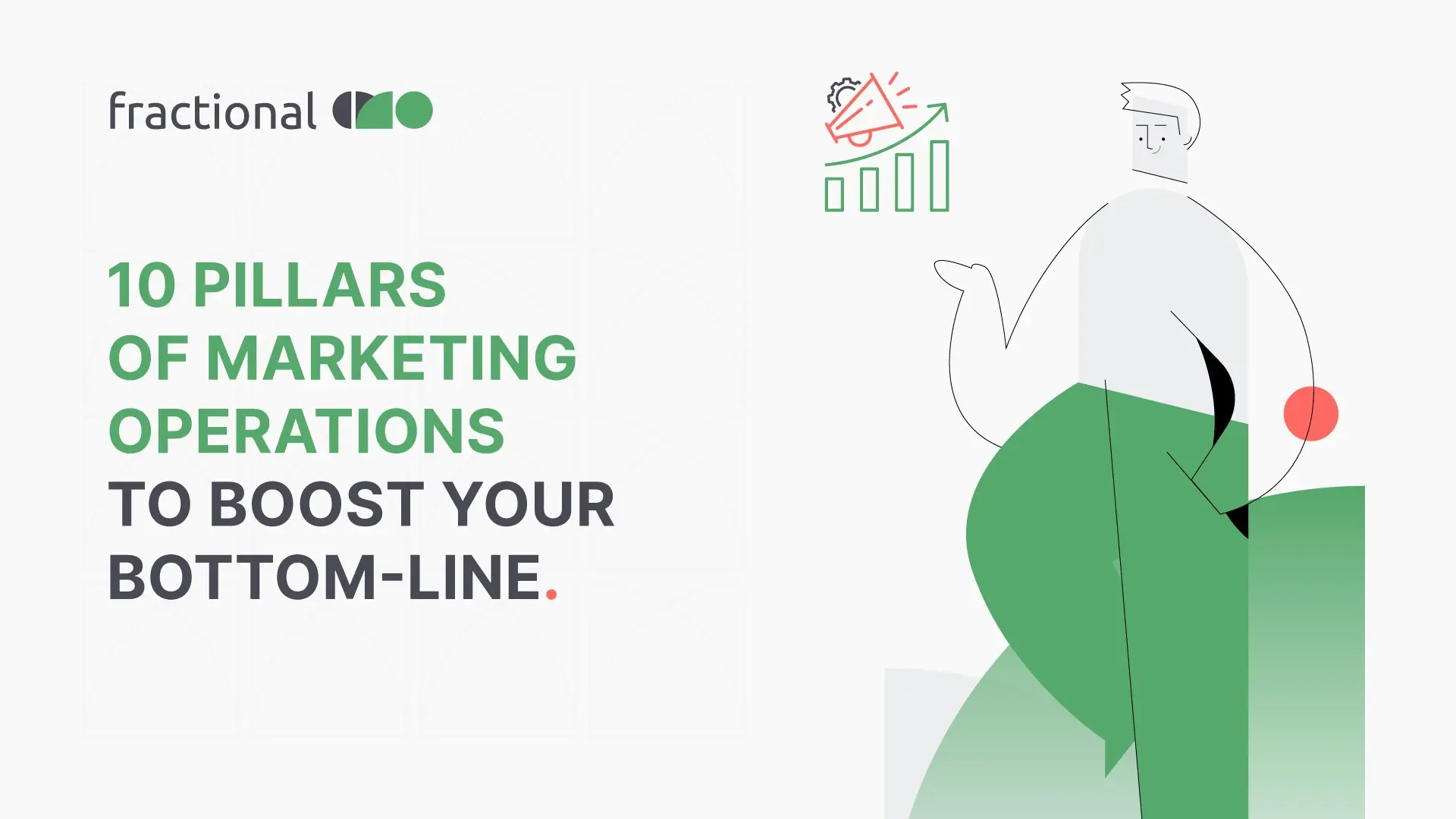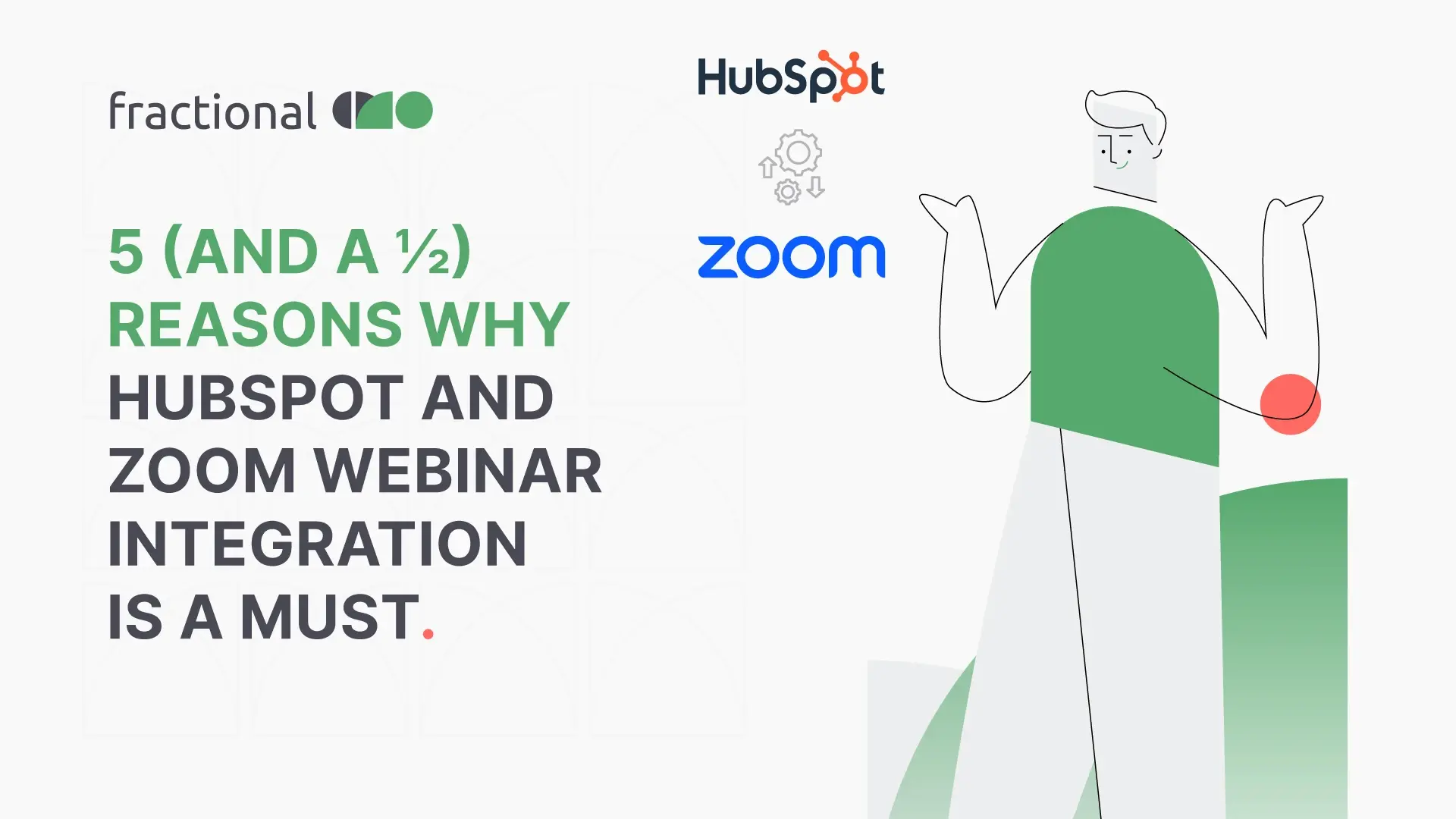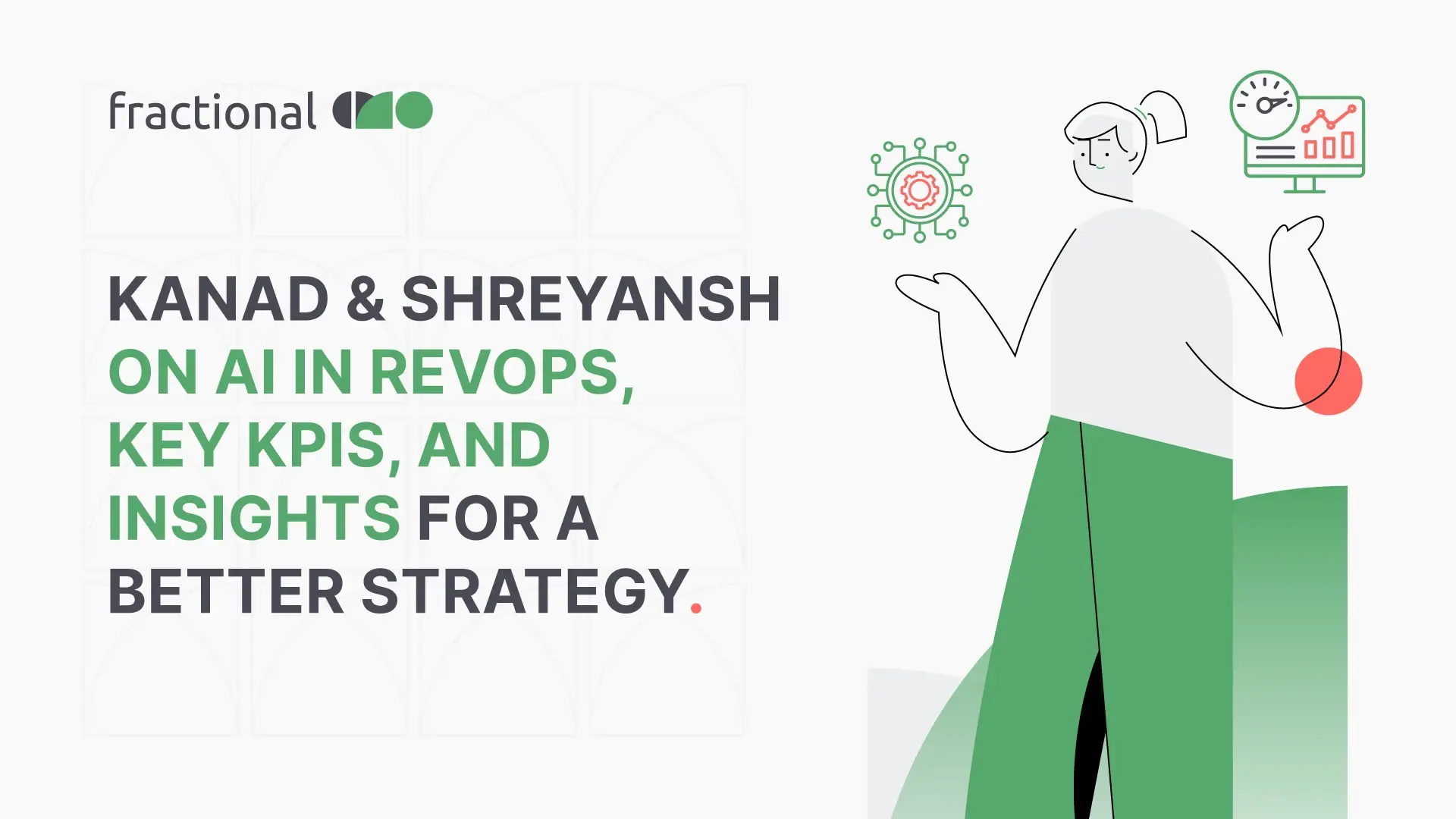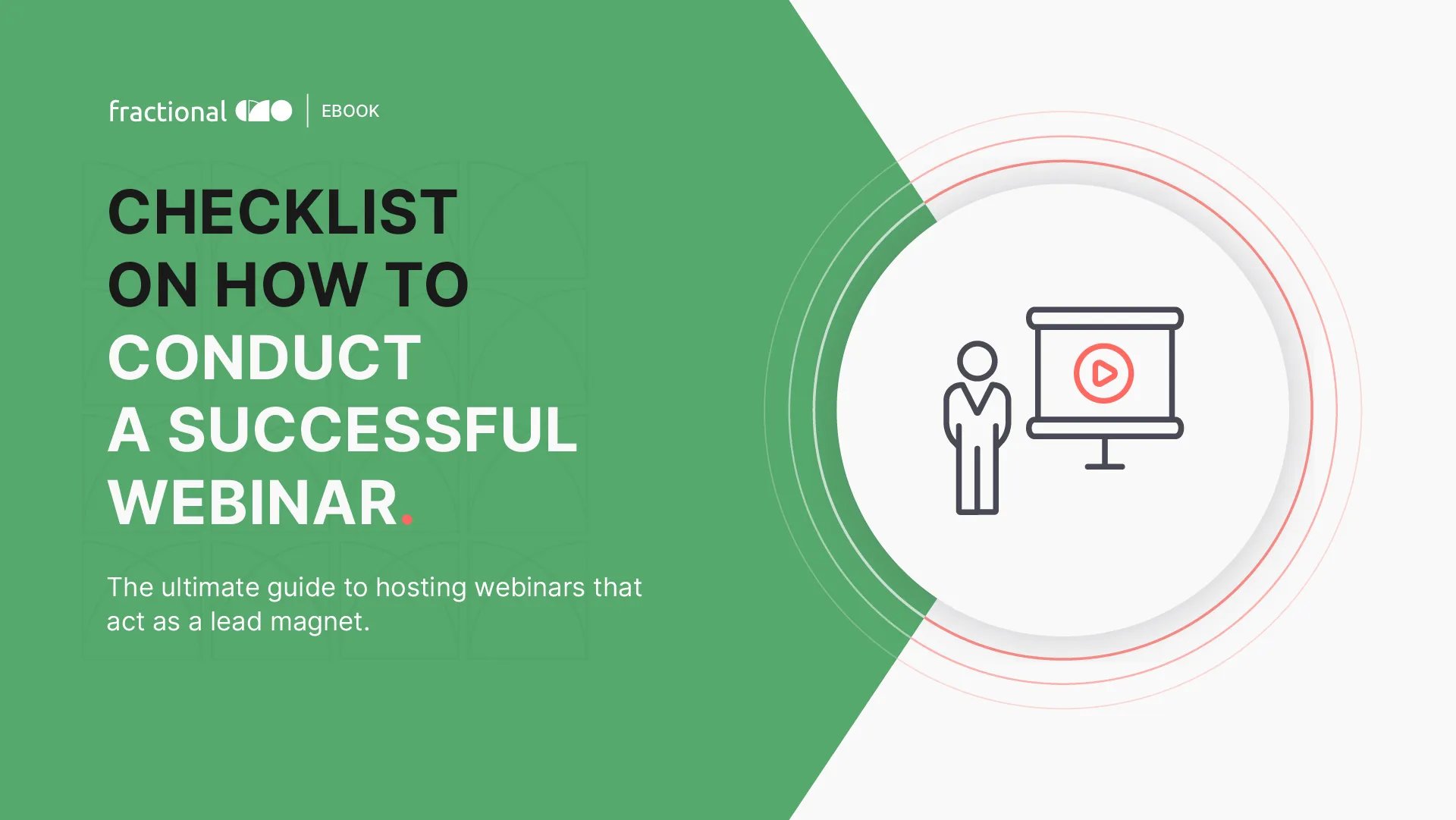Everything about MailChimp Email Automation and Its benefits for B2B Marketers
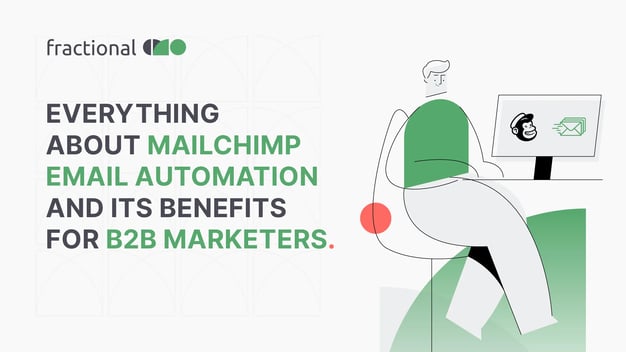
As a B2B marketer, you know how crucial it is to engage with your target audience and build relationships with them.
However, manually sending out individual emails to each subscriber can be time-consuming and ineffective.
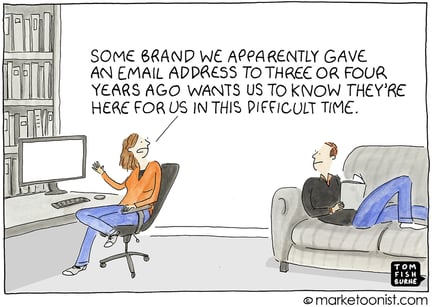
Source: Marketoonist
That's where MailChimp email automation comes in.
In this blog post, we'll discuss everything you need to know about MailChimp email automation and how it can benefit your B2B marketing strategy.
What is MailChimp Email Automation?
MailChimp email automation is a powerful feature that allows marketers to create a series of automated emails that are triggered based on specific actions or behaviors from subscribers.
Here’s a quick tutorial on how to set up an automated email in MailChimp.
Source: Youtube
These actions can include signing up for a newsletter, making a purchase, or abandoning a shopping cart. Once a subscriber triggers an automated workflow, they will receive a series of personalized emails based on their behavior and preferences.
Benefits of MailChimp Email Automation for B2B Marketers
Time-Saving and Efficiency
One of the primary benefits of MailChimp email automation is that it saves time and increases efficiency for B2B marketers. Rather than manually sending out individual emails to each subscriber, you can create automated workflows that send out a series of targeted emails based on specific triggers. This frees up time for your marketing team to focus on other important aspects of your marketing strategy.
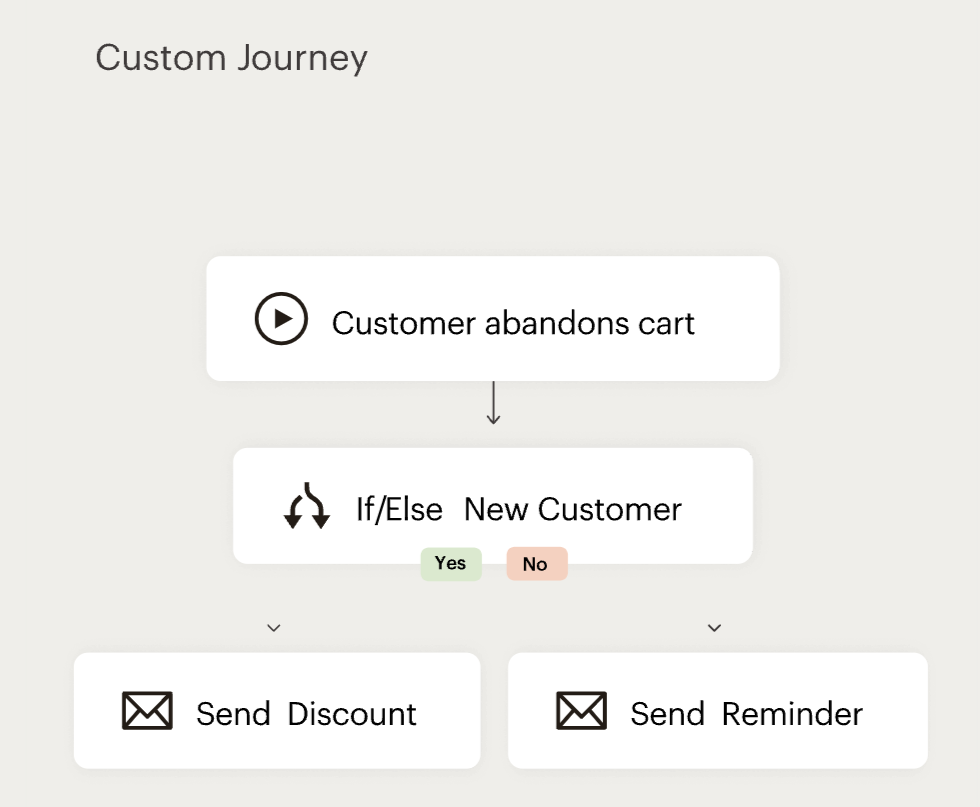
Source: MailChimp
Personalization and Segmentation
MailChimp email automation allows you to personalize your emails and segment your audience based on their behavior and preferences. This means you can send targeted and relevant emails that resonate with your subscribers and improve engagement. You can create unique workflows based on a variety of triggers and criteria, including purchase history, behavior, and demographics.
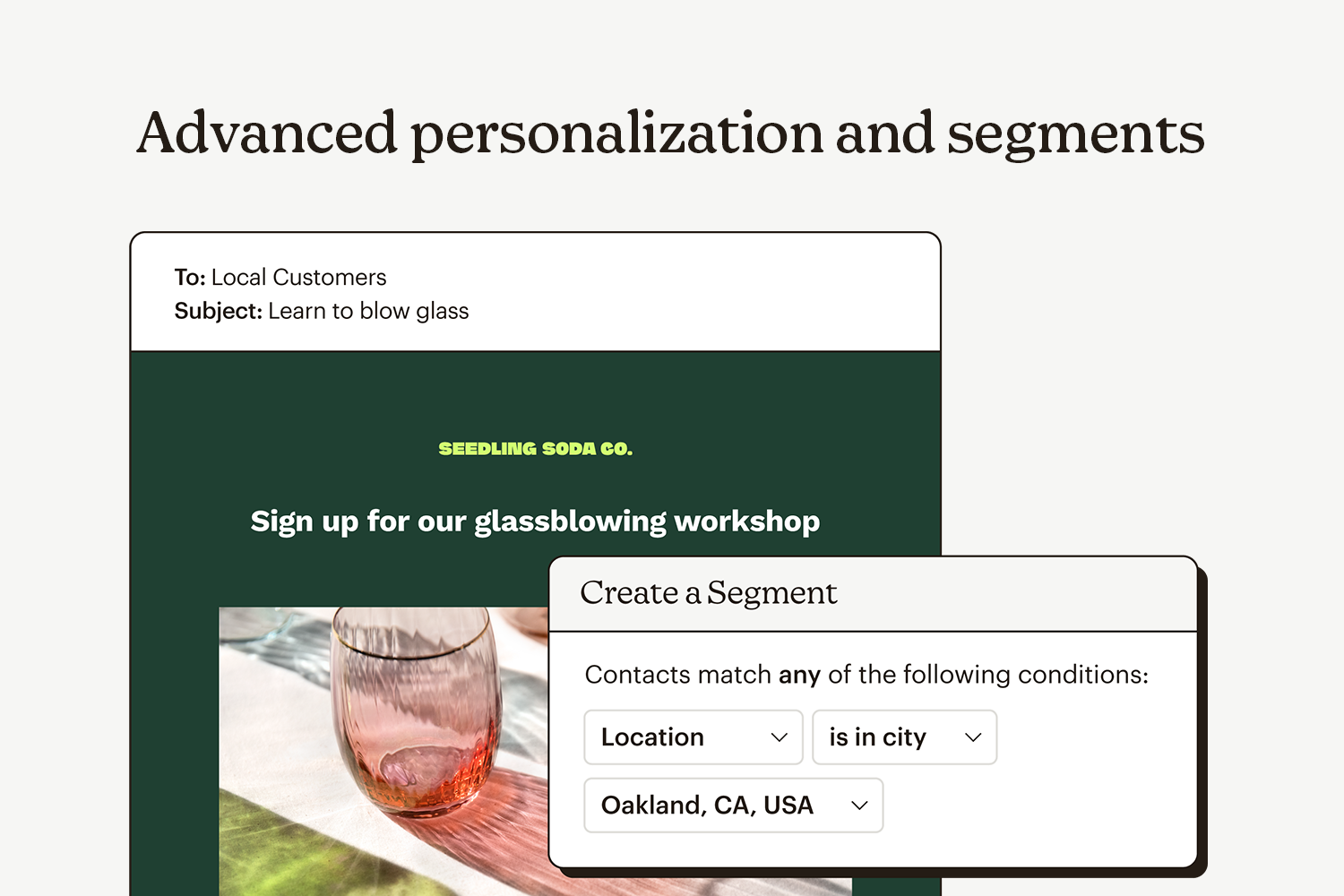
Source: MailChimp
Increased Engagement and Conversions
MailChimp email automation can help increase engagement and conversions for B2B marketers. By sending targeted and personalized emails at the right time, you can improve open rates, and click-through rates, and ultimately drive more conversions. This can lead to revenue growth for your organization.
Data-Driven Insights
Another benefit of MailChimp email automation is that it provides B2B marketers with valuable data-driven insights. By tracking subscriber behavior and engagement with your emails, you can gain a deeper understanding of your audience's needs and preferences. This information can assist in optimizing your campaigns and enhancing your overall marketing strategy.
MailChimp offers a variety of classic automation triggers, which can help you get started with your email automation strategy. These triggers include welcome emails, abandoned cart emails, and post-purchase follow-up emails. Additionally, you can also create custom triggers based on specific criteria that are relevant to your business.
Let's take a deep dive into those triggers.
MailChimp Email Automation Triggers
Welcome Emails
Welcome emails are triggered when a subscriber signs up for your newsletter or mailing list. This is an excellent opportunity to introduce your brand, set expectations, and provide valuable information to your new subscribers.
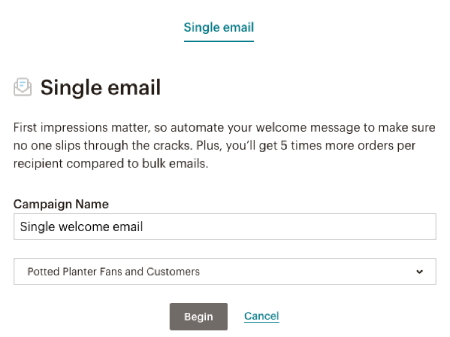
Source: MailChimp
Abandoned Cart Emails
Abandoned cart emails are triggered when a subscriber adds items to their shopping cart but doesn't complete the purchase. This is a great opportunity to remind them about their abandoned items and provide an incentive to complete the purchase.

Source: MailChimp
Post-Purchase Follow-Up Emails
Post-purchase follow-up emails are triggered when a subscriber makes a purchase. This is an excellent opportunity to thank them for their purchase, provide additional product recommendations, and ask for feedback.
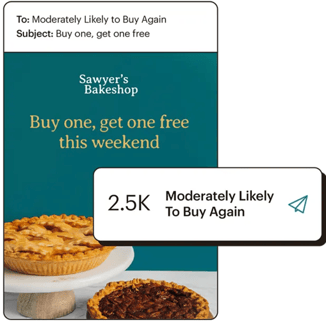
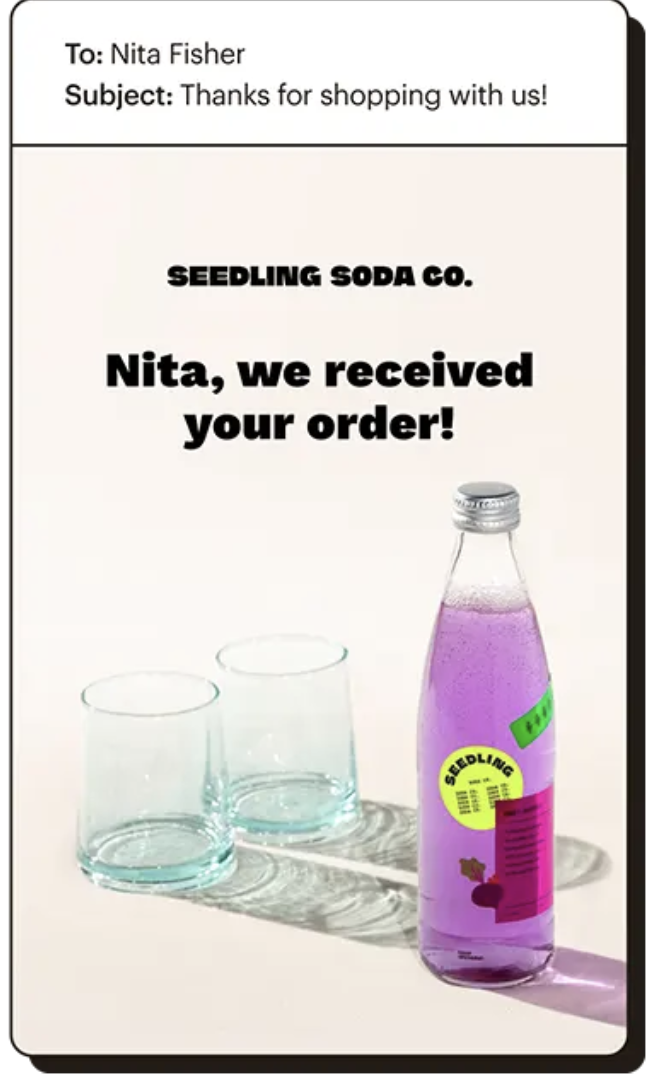
Source: MailChimp
Re-engagement Emails
Re-engagement emails are triggered when a subscriber hasn't engaged with your emails for a certain period. This is an opportunity to remind them about your brand and provide an incentive to re-engage with your content.
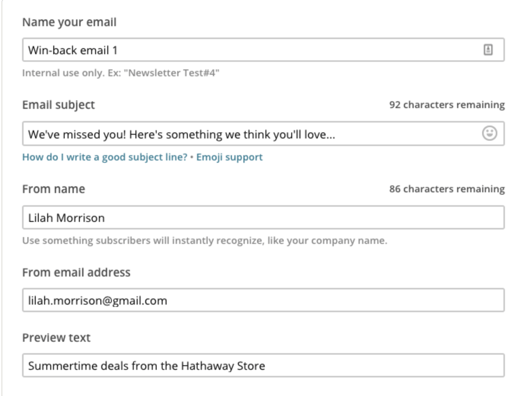
Source: MailChimp
Date-Based Triggers
Date-based triggers are based on a specific date or event. For example, you can create a workflow that sends out a series of emails to subscribers leading up to their birthdays or anniversary.
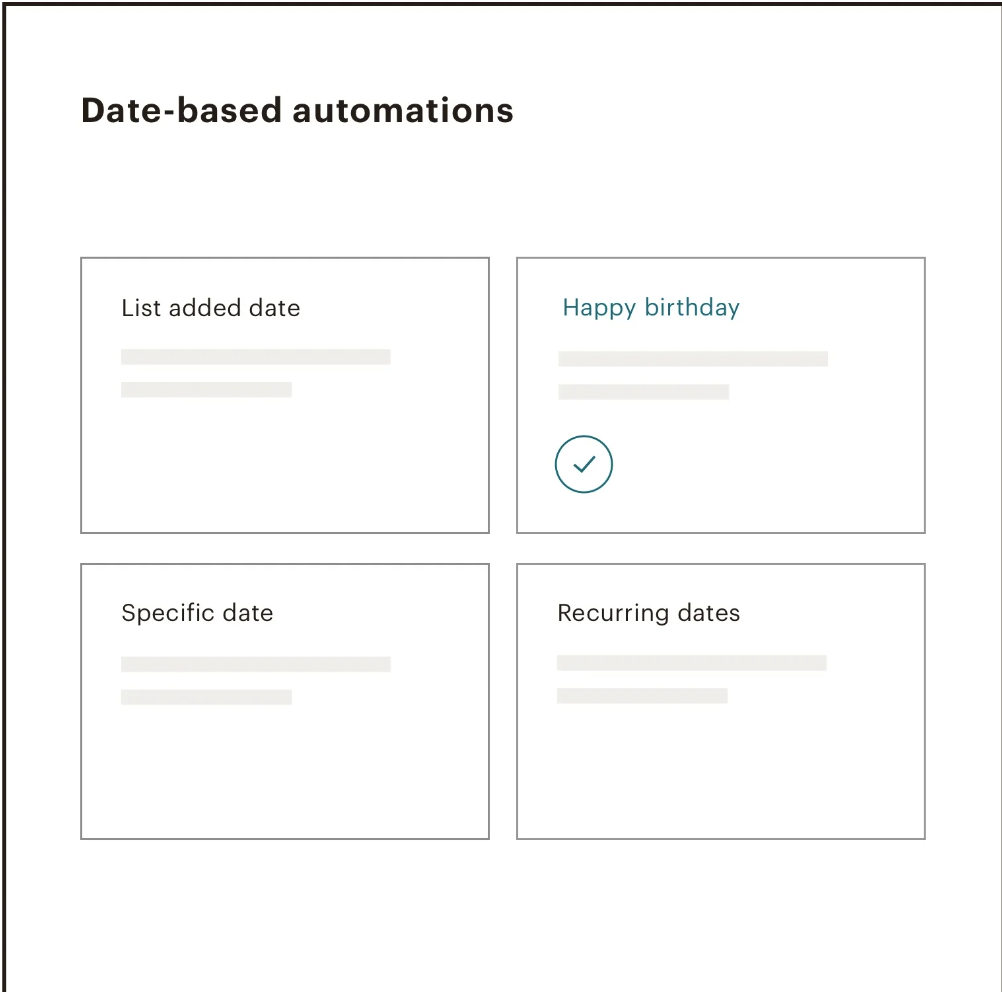
Source: MailChimp
Subscription-Based Triggers
Subscription-based triggers are based on a subscriber's subscription status. For example, you can create a workflow that sends out a series of emails to subscribers who have recently subscribed to your newsletter or blog.
Social Media Triggers
Social media triggers are based on a subscriber's engagement with your social media profiles. For example, you can create a workflow that sends out targeted emails to subscribers who have liked or shared one of your social media posts.
API Triggers
API triggers are based on an action that occurs in a third-party application that is integrated with MailChimp. For example, you can create a workflow that sends out a series of emails to subscribers when they purchase a product through your e-commerce platform.
Custom Triggers
In addition to MailChimp's classic automation triggers, you can also create custom triggers based on specific criteria that are relevant to your business. These custom triggers can help you create targeted and personalized workflows that align with your marketing goals and objectives.
Here are some examples of custom triggers that you can create using MailChimp email automation:
Purchase History Triggers
You can create custom triggers based on a subscriber's purchase history. For example, you can create a workflow (by creating a segment first) that sends out a series of targeted emails to subscribers who have purchased a specific product or service.

Source: MailChimp
Behavior-Based Triggers
Behavior-based triggers are based on a subscriber's behavior on your website or landing page. For example, you can create a workflow that sends out a series of emails to subscribers who have downloaded a specific eBook or whitepaper.
Demographic Triggers
Demographic triggers are based on a subscriber's demographic information. For example, you can create a workflow that sends out targeted emails to subscribers based on their location or industry.
Engagement-Based Triggers
Engagement-based triggers are based on a subscriber's engagement with your emails. For example, you can create a workflow that sends out targeted emails to subscribers who have opened or clicked on a specific email by first creating a segment of such subscribers.
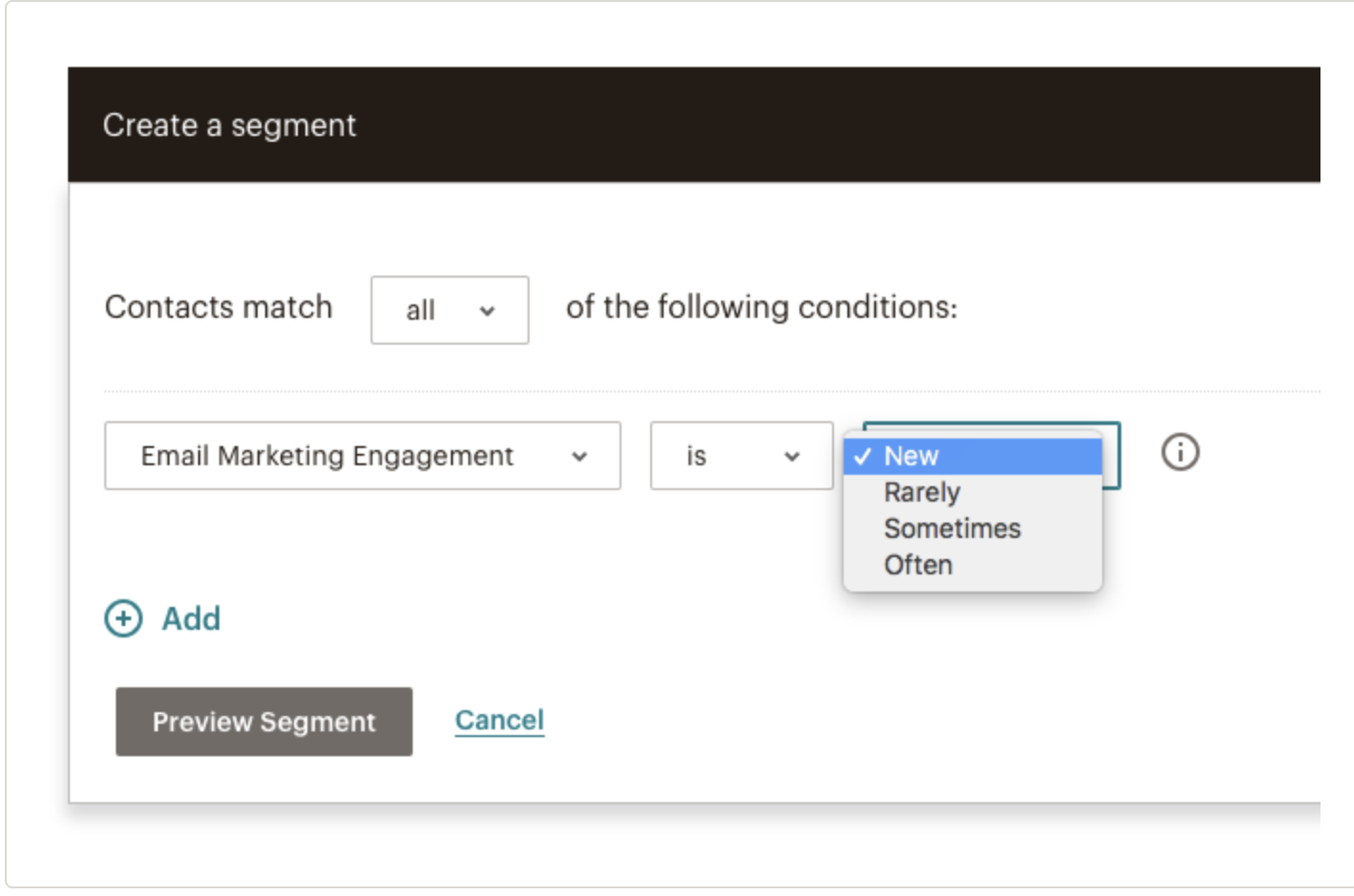
Source: MailChimp
By utilizing these different types of triggers, B2B marketers can create highly targeted and personalized email automation workflows that engage with their audience and drive results.
It's important to note that while MailChimp offers a wide range of automation triggers, not all triggers will be relevant to every business or industry. B2B marketers should carefully consider which triggers align with their marketing goals and objectives and tailor their email automation strategy accordingly.
Conclusion
MailChimp email automation is a powerful tool that can help B2B marketers engage with their audience and build relationships with them. By creating targeted and personalized workflows based on specific triggers, B2B marketers can improve engagement, drive conversions, and ultimately grow their business.
If you haven't already, consider incorporating MailChimp email automation into your B2B marketing strategy to save time, increase efficiency, and improve engagement with your audience.
Before indulging in setting up your MailChimp email automation, you must conduct an exhaustive account audit. Here’s a detailed MailChimp account audit checklist that you must follow for definitive success.
Looking for assistance setting up your MailChimp account and having all automated emails triggered as needed?
You are at the right place! fractional CMO has years of MailChimp setup and campaign execution experience which can help your business utilize the platform to its full potential and set your email campaigns up for your success.
Here’s a case study for one of our clients for whom we executed MailChimp email automation and hence, successful campaigns.
Learn how you can automate your MailChimp today - Contact our experts for a custom plan, Today!



